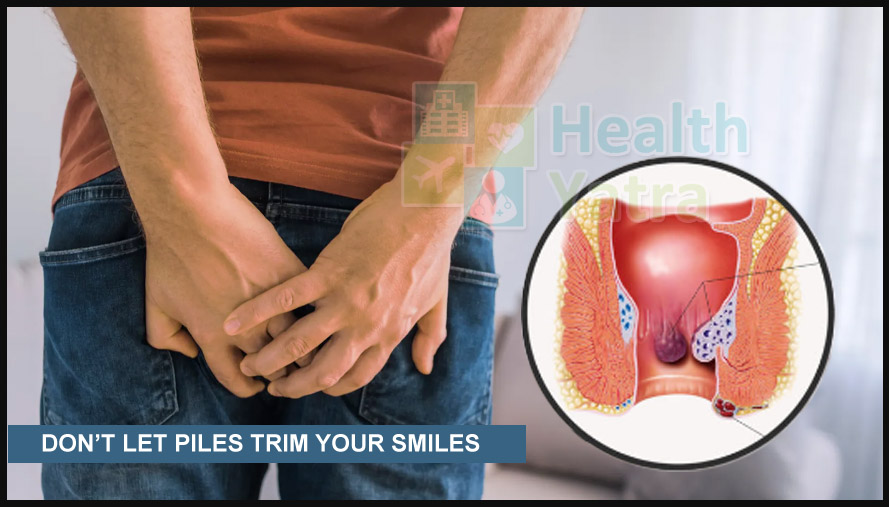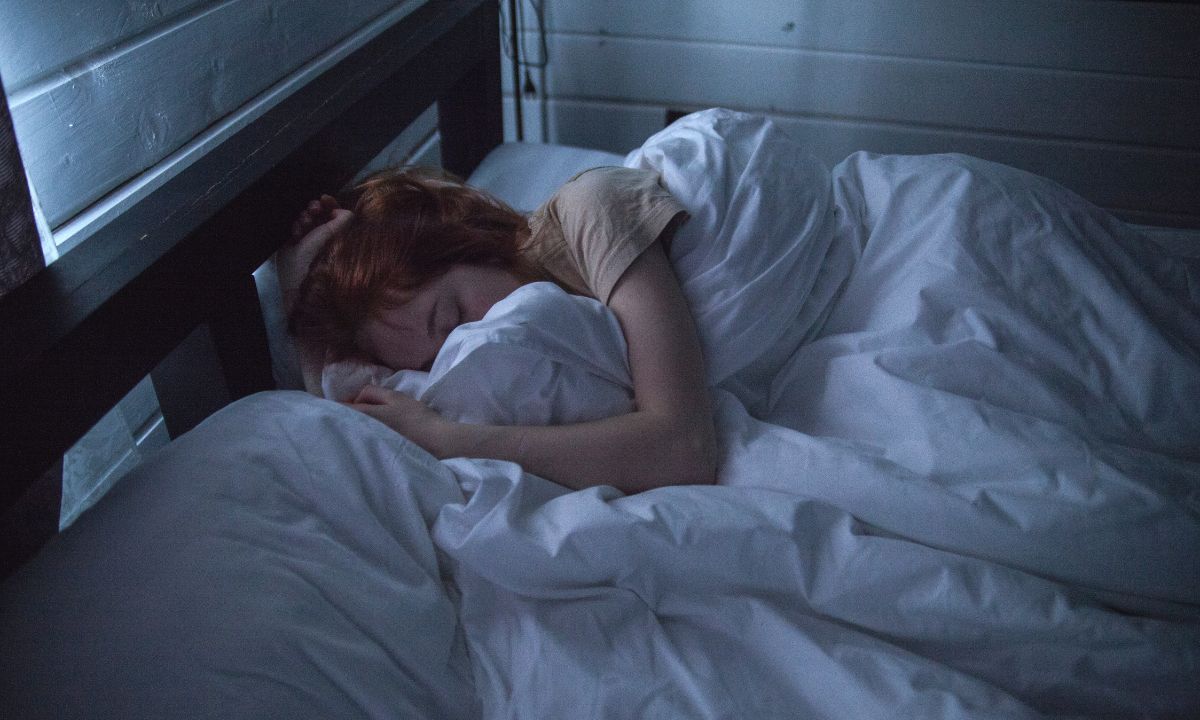WHAT ARE PILES?
Piles is another term for haemorrhoids, are collections of inflamed tissue in or surrounding the anus. They contain blood vessels, support tissue, muscle, and elastic fibres which are inflamed and swollen.
Usually piles if mild get better on their own after a certain number of days. There are various treatment options available for piles. The piles can vary in size, and they are found internal or outside the anal region.
Internal piles are more common among patients diagnosed with piles and are normally located between 2 and 4 centimetres above the opening of the anus. Whereas, external piles develop on the outside edge of the anus. Piles are diagnosed on physical examination by the doctor.
SYMPTOMS OF PILES
In most cases, the symptoms of piles are not obviously seen and normally resolve on their own after a few days.
A patient with piles may experience the following signs and symptoms:
- Redness and soreness around the anus
- Pain while passing of a stool.
- bright red blood in the stool
- itching in and around the anal area
- feeling like you still need to go after passing the stool
- lumps surrounding the anus
- pain around the anal area
Piles can worsen condition turning into a more severe one. This can include:
- excessive anal bleeding leading to anaemia
- infection
- inability to control bowel movements called faecal incontinence
- anal fistula, a condition when a new channel is developed between the surface of the skin near the anus and the inside of the anus
PILES ARE CATEGORIZED INTO FOUR GRADES BASED ON THEIR SEVERITY:
- Grade I : They are not visible. There are small inflammations, usually inside the lining of the anus.
- Grade II : Grade II piles are also inside the anus but larger than grade I piles. They may get flushed out while passing stool, but they will recur untreated.
- Grade III : These appear outside the anus and also known as prolapsed haemorrhoids. These type of piles can be felt by the patient like hanging from the rectum but can be easily re-inserted.
- Grade IV : They are large and cannot be pushed back in and remain outside of the anus. These type of piles need urgent medical attention.
Book an appointment with medical treatment centre for the best treatment of piles in Delhi, India.
WHAT CAUSES PILES?
Various possible causative factors for piles to occur are as follows:
- Constipation
- Pregnancy
- Lifting heavy weights
- Pushing hard while passing stool
- Obesity
- Sedentary lifestyle
TREATMENT OPTIONS FOR PILES
In case of a patient does not get any relief from home remedies or other treatment options at home for piles, the patient might need hospital treatment.
Certain non-surgical treatments for piles include:
- Rubber band ligation: a band is placed around the piles to make them drop off.
- Sclerotherapy: a liquid is injected into the piles to make them shrink.
- Electrotherapy: Piles are made to shrink by applying a gentle electric current to them.
- Infrared coagulation: Piles are made to shrink using infrared light to cut the blood supply to the piles. These are performed by giving local anaesthesia that means the anal area is numb not the patient. The patient can go home on the same day.
If these treatments do not help relieve the symptoms of piles, the patient may need surgery to get rid of the piles.
SURGERY FOR PILES OR HAEMORRHOIDS
Surgical treatments include:
- Haemorrhoidectomy: surgical removal of piles.
- Stapled haemorrhoidopexy: piles are stapled back inside the anus surgically.
- Haemorrhoidal artery ligation: stitches are used to cut the blood supply to the piles to shrink them.
Hospitalization required in any kind of surgery is usually one day.




